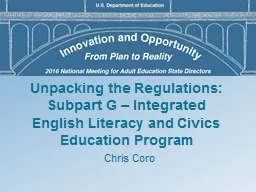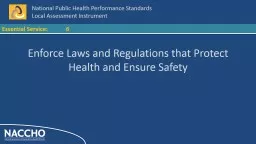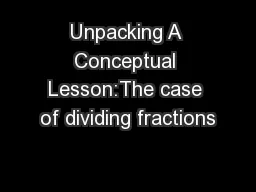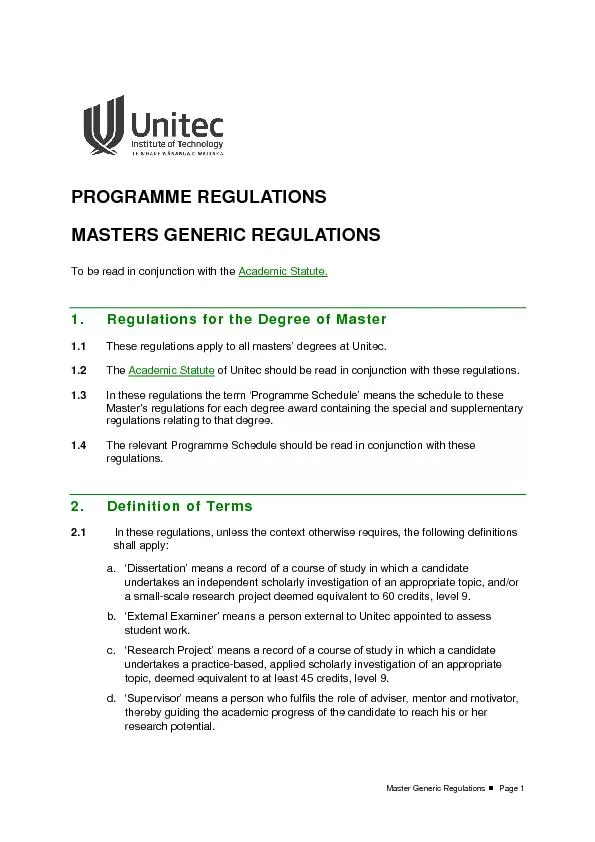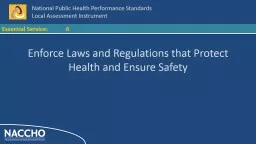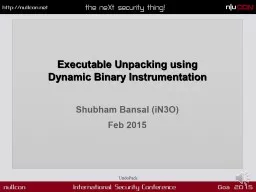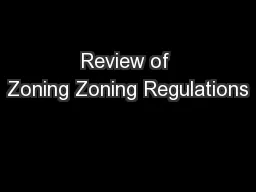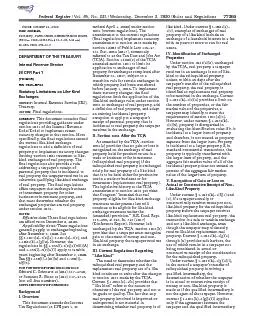PPT-Unpacking the Regulations:
Author : debby-jeon | Published Date : 2018-10-04
Subpart G Integrated English Literacy and Civics Education Program Chris Coro Session Overview Organization of Part 463 subpart G Integrated English Literacy
Presentation Embed Code
Download Presentation
Download Presentation The PPT/PDF document "Unpacking the Regulations:" is the property of its rightful owner. Permission is granted to download and print the materials on this website for personal, non-commercial use only, and to display it on your personal computer provided you do not modify the materials and that you retain all copyright notices contained in the materials. By downloading content from our website, you accept the terms of this agreement.
Unpacking the Regulations:: Transcript
Download Rules Of Document
"Unpacking the Regulations:"The content belongs to its owner. You may download and print it for personal use, without modification, and keep all copyright notices. By downloading, you agree to these terms.
Related Documents

